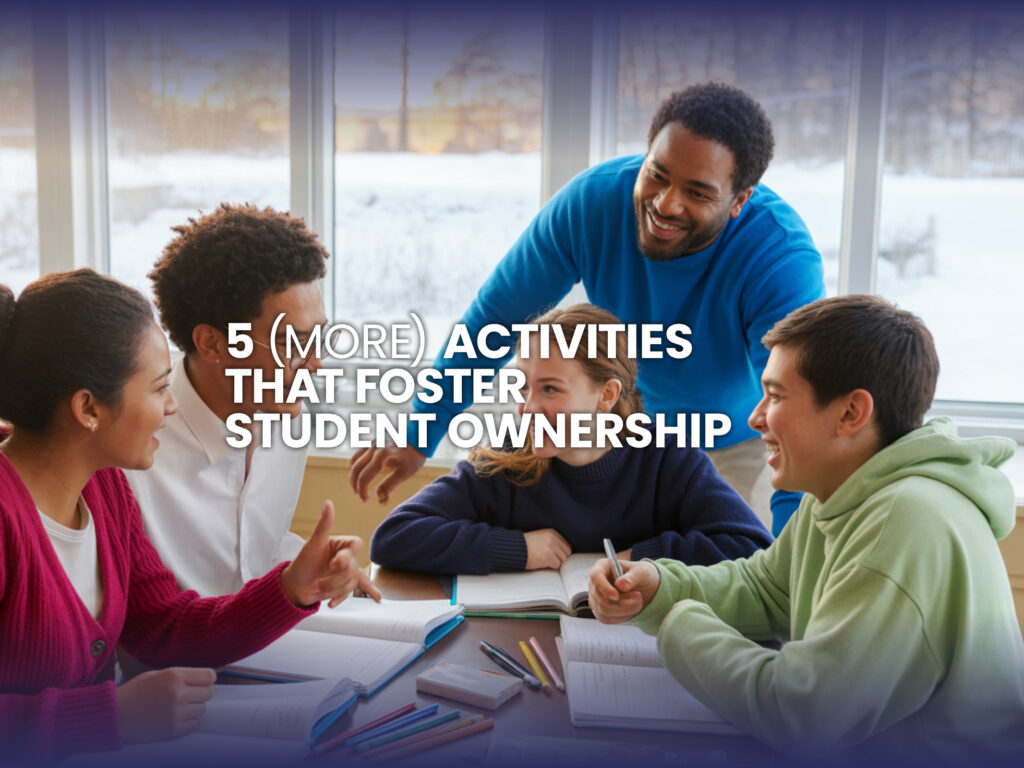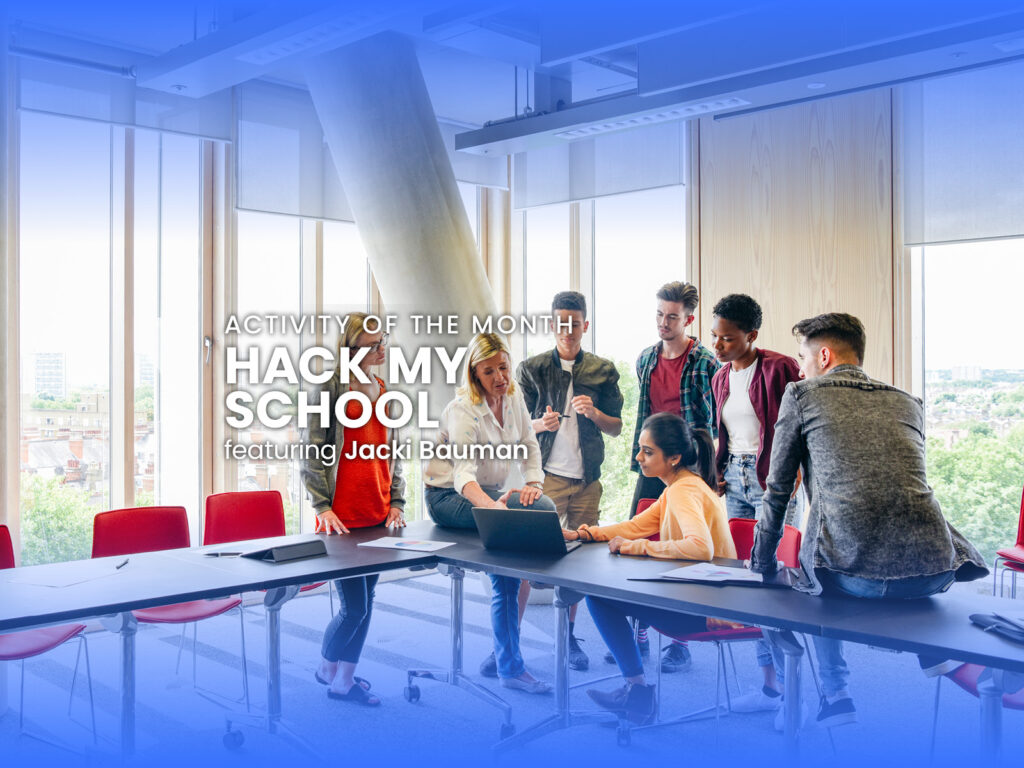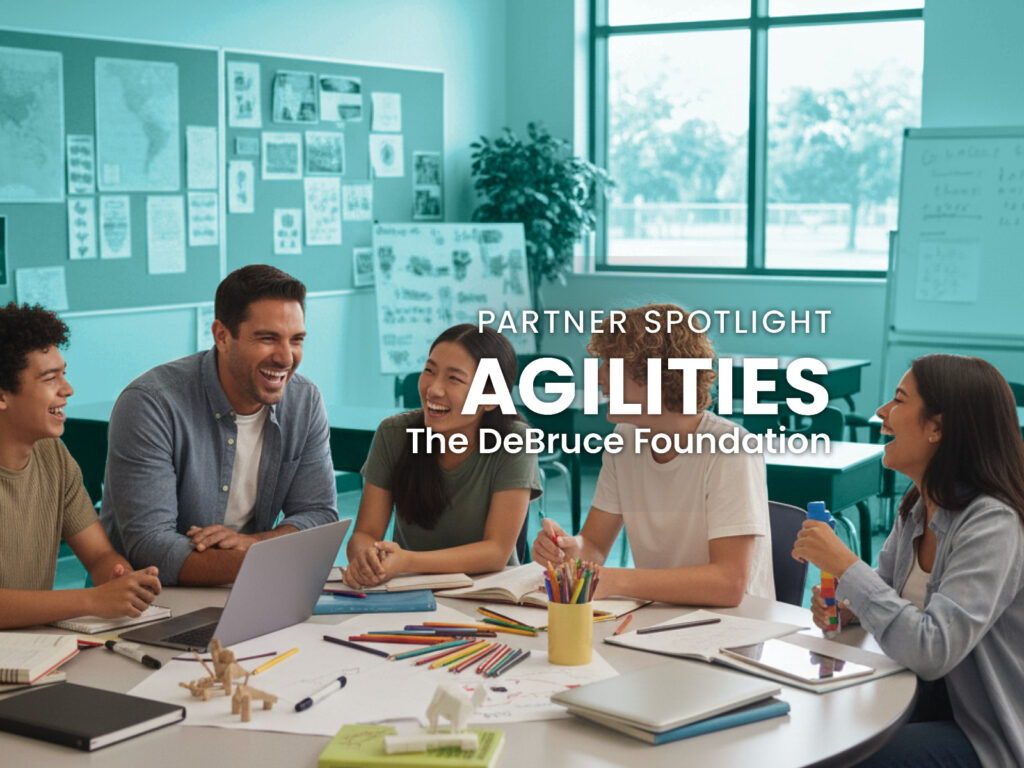If you’ve checked out November’s Activity of the Month – Hack My School, you already know it’s a powerhouse for helping students take real ownership of their learning. But we also recognize that not every class schedule allows for a full-blown project like that. The good news? You don’t need to carve out several days of instruction to give your students that same sense of agency. Here are five more quick-hit activities that still put students in the driver’s seat of their own learning.
Try These Activities that Foster Student Ownership
READY, REFLECT, GO! (Bell Ringer/Closure)
Ready, Reflect, Go! helps students think deeply about their growth, identify what works best, and plan their next steps with purpose. By guiding students to reflect intentionally, they are encouraged to take responsibility for their progress and see learning as something they own, not something that’s done for them.
Ohio educator Justin Burnette recognizes the benefit of this quick-win activity with his high school Business students. “Ready, Reflect, Go! challenges my Entrepreneurship students to think deeply about their learning, connect experiences to the Foundational Principles, and build classroom unity,” he shares.

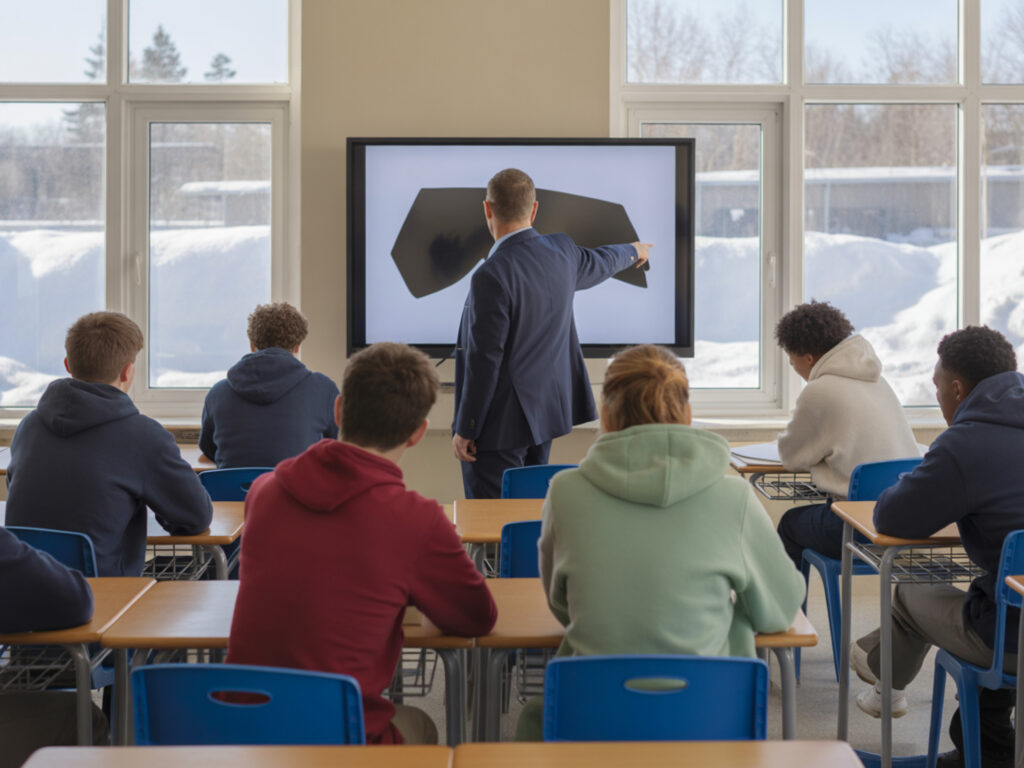
CREATIVITY MINUTE (Bell Ringer/Closure)
With Creativity Minute, students take creative risks and learn to trust their own ideas. They transform simple shapes or lines into something new and, because there’s no right answer, they practice creative ownership by trusting their instincts, making choices independently, and taking pride in what they create.
Utah educator Andrew Busath uses it as a “warm, welcoming bell ringer” students love so much that they can never do just one. “Imagination and creativity are not found often in classrooms anymore,” he says. “At first, students struggle to think of a few ideas; by year’s end, they can think of several.” He suggests letting students choose new shapes or repeat ones later in the year to see growth.
TOWERS (1-2 Class Periods)
Towers challenges students to take ownership of their learning through teamwork, problem-solving, and decision-making. As they plan, build, and adapt, they learn that ownership isn’t just about results but the process of collaboration and persistence.
Andrew notes the Towers activity is another student favorite and, even when students repeat the activity, each experience is unique because of the debrief discussions. In one round he remembers, students combined all resources to build one tower, but too many voices led to frustration. During the debrief, they reflected on how to collaborate to make sure everyone feels valued. The activity reminded them that sometimes ownership isn’t just personal – it’s shared.
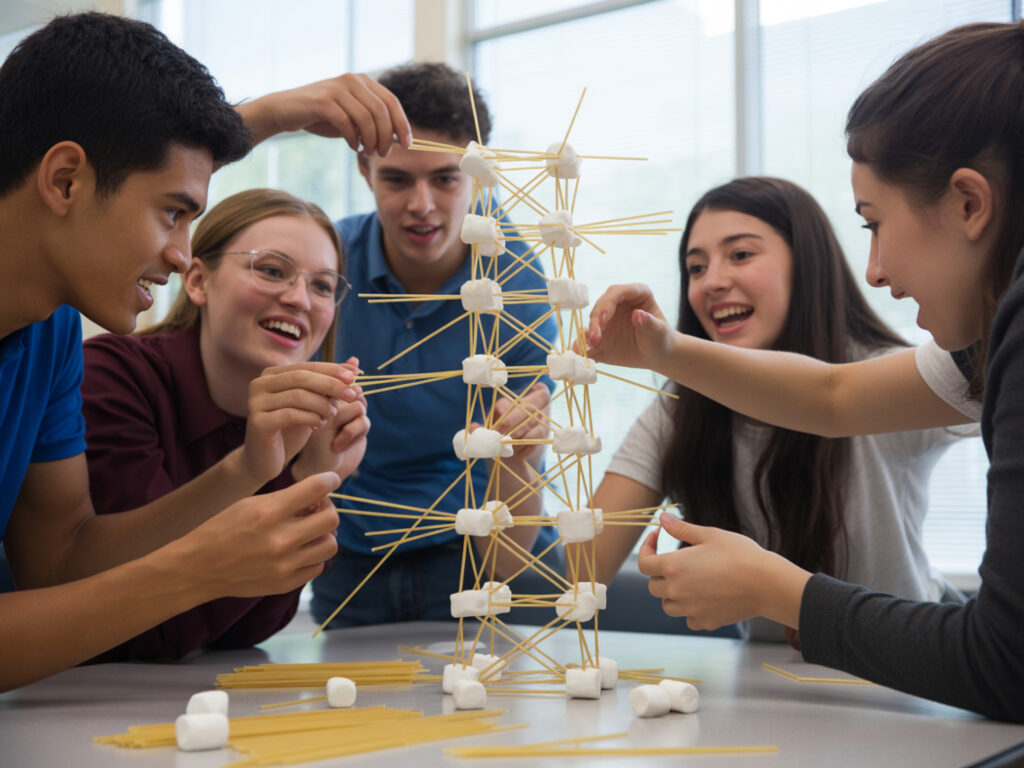
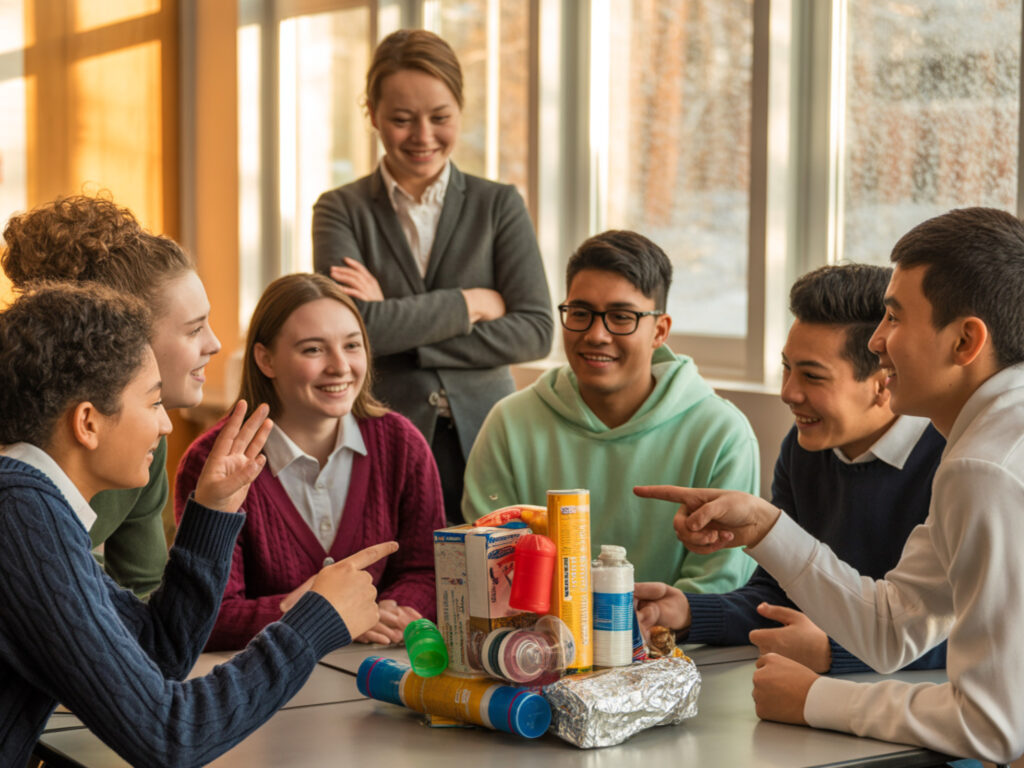
INNOVATION ACTIVITY (1-2 Class Periods)
The Innovation Activity helps students see that innovation isn’t always about creating something new; it’s also about improving what already exists. By reimagining everyday products, they take ownership of the creative process and learn that their ideas have the power to make things better.
Minnesota educator Laura Edlund uses Innovation Activity to help students think critically about developing products that bring value to customers. She uses the example of reimagining an ironing board and then has students vote on which idea creates the most value. “As a first-year teacher, I wanted to be sure my students got the intended takeaway,” Laura said. “So, I read other teachers’ comments and watched the videos before presenting.”
SUBSCRIPTION BOX DESIGN PROJECT (1-2 Class Periods)
Mississippi teacher Abby Nelson found the Subscription Box project to be the perfect fit for her Business Academy seniors in their e-Commerce class. She wanted an activity that combines the design thinking process with real-world online business concepts—and this one does both. She says the key is helping students really understand the empathize stage of design thinking. “When they realize that filling a genuine need creates value, it’s a lightbulb moment,” she shares. The process helps students take greater ownership of their ideas, moving beyond creativity for creativity’s sake to creating with purpose.
Subscription Box Design Project lets students take full ownership of their learning through the Design Thinking process. By interviewing a peer, identifying needs, and designing a personalized subscription box, students practice empathy, creativity, and iteration—just like real-world innovators.

Nurturing Student Ownership
Whether you have five minutes or a full class period, each of these activities gives students the chance to take the wheel in their own learning. When they reflect, create, collaborate, and innovate, they don’t just complete an assignment – they discover what they’re capable of. Ownership grows in those moments when they realize their ideas matter, and their learning and growth belong to them.
SHARE YOUR FEEDBACK
How did you use these activities? What was the reaction from your students? We want to know.
Tell us – and 22,000+ other teachers – how our activities and resources help you bring life to the classroom.
Teacher Talk is for you to exchange thoughts, ideas, tips, and more.

Useful Links
If this post inspired you in any way, we encourage you to go deeper on this topic by:
- Learning more about Empowered and joining our Educator Community
- Creating an Empowered Hub account for FREE access to 180+ activities and our Activity Creator AI
- Letting us know how we can help you. Our staff, many former teachers, are here to keep it simple.

